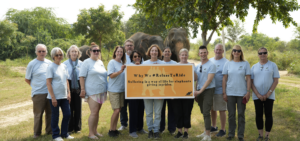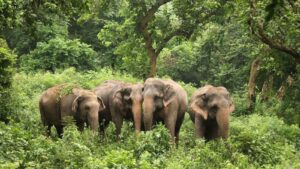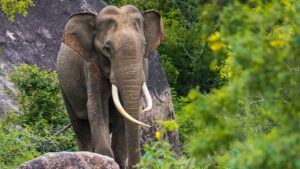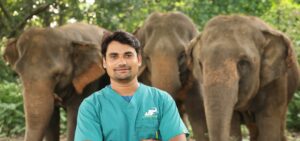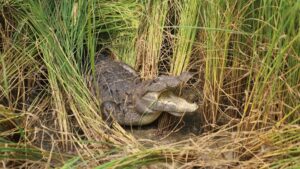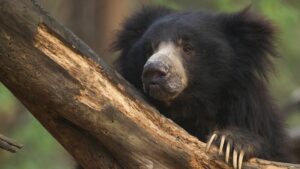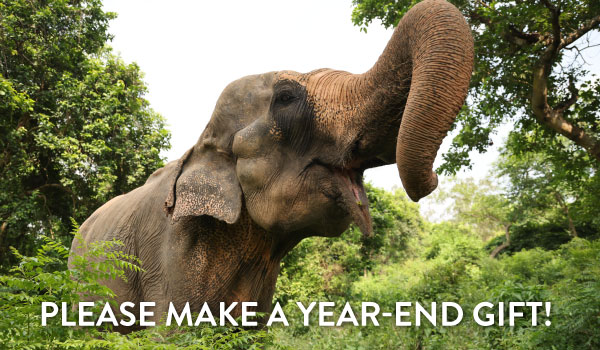When passion finds purpose, the result is often extraordinary, and for Dr. Arshvarinder Singh Virk, affectionately known to his colleagues as Dr. Arsh, that purpose has always been rooted in compassion. Currently serving as a veterinarian at the Bannerghatta Bear Rescue Centre (BBRC) in Bengaluru, his life journey beautifully intertwines empathy, perseverance, and a deep sense of responsibility towards animals. From tending to street dogs as a child in Faridkot, Punjab, to now providing medical care and rehabilitation to rescued sloth bears, his story is one of love for animals evolving into lifelong commitment. Let’s step into the world of Dr. Arsh, as he shares his journey with Wildlife SOS.
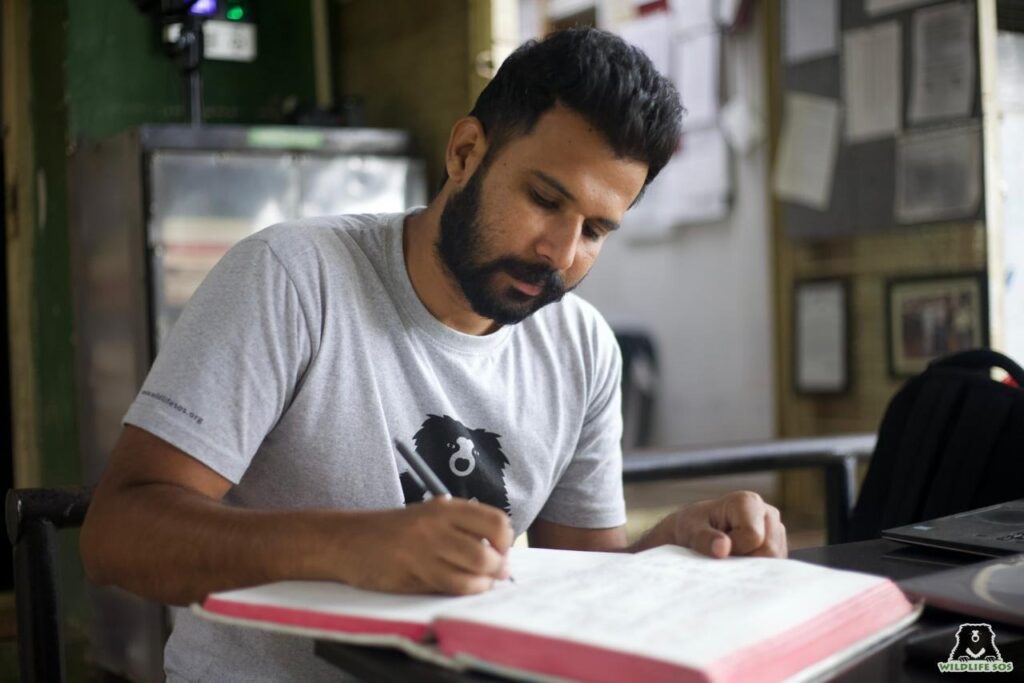
Every animal lover has that one moment or phase when they truly connect with wildlife. What sparked your interest?
I’m from Faridkot, a small city in Punjab. During my childhood, my friends and I would take care of street dogs, feeding, sheltering pregnant females, and even building makeshift brick shelters for them in our garages.
There was one female dog, Jimmy, who held a very special place in my heart. She used to walk with me all the way to school, nearly five or six kilometres, and sometimes even waited outside until I returned. Over the years, I watched four generations of Jimmy grow up, each one carrying a little piece of her spirit. That bond taught me how animals communicate trust and affection, not through words, but through quiet companionship. Growing up, I also spent time on my uncle’s farm, helping him care for cattle. Looking back, I realise I was always surrounded by animals, perhaps life was gently guiding me toward this path all along.
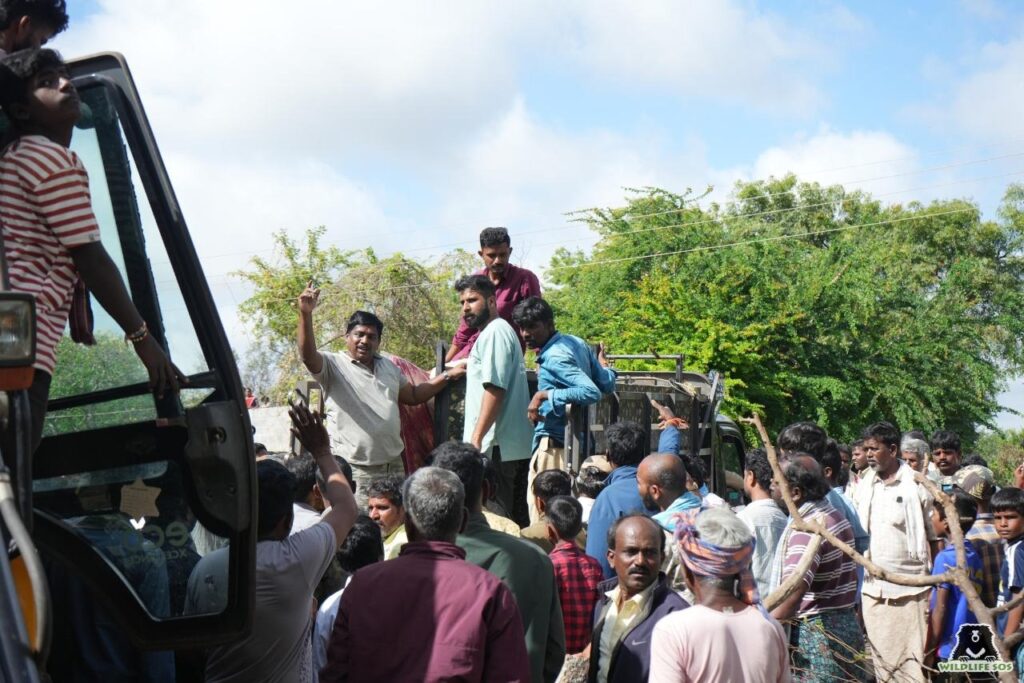
Could you tell us a bit about your academic journey and how it helped shape the professional you are today?
Being surrounded by farm animals and street dogs from a young age inspired me to pursue a degree in Veterinary Science and Animal Husbandry. My fascination only grew as I spent countless hours watching wildlife documentaries, each one filling me with excitement, curiosity, and a sense of adventure. I’ve always wanted my work to have purpose to make a difference in the lives of animals and contribute meaningfully to their welfare.
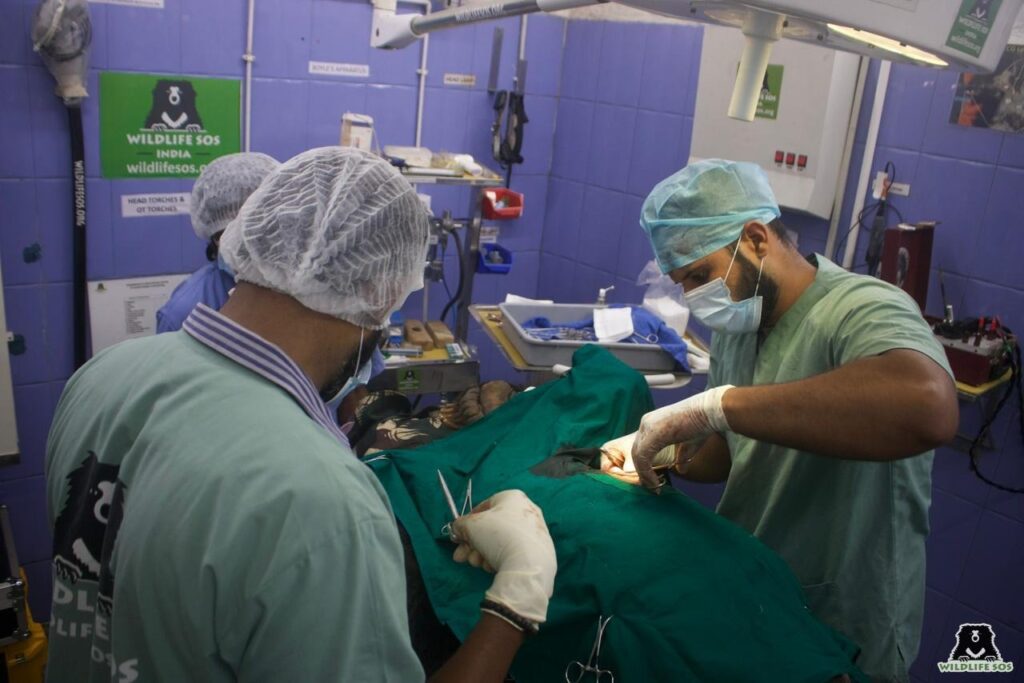
What led you to Wildlife SOS?
Before joining Wildlife SOS, I worked at an Animal Birth Control (ABC) centre, but after a while, I realised I needed more purpose. I pursued a diploma in wildlife management, which gave me hands-on experience with elephants, urban wildlife, and even wildlife forensics, something that deals with species identification.
When the opportunity with Wildlife SOS came, I travelled to Bengaluru for an interview at BBRC. I was asked to stay for three days to observe the work. By the end of that period, I didn’t need to think twice, I had already decided that this was where I wanted to be. Those three days with Dr Arun A. Sha built the foundation for my journey with Wildlife SOS.
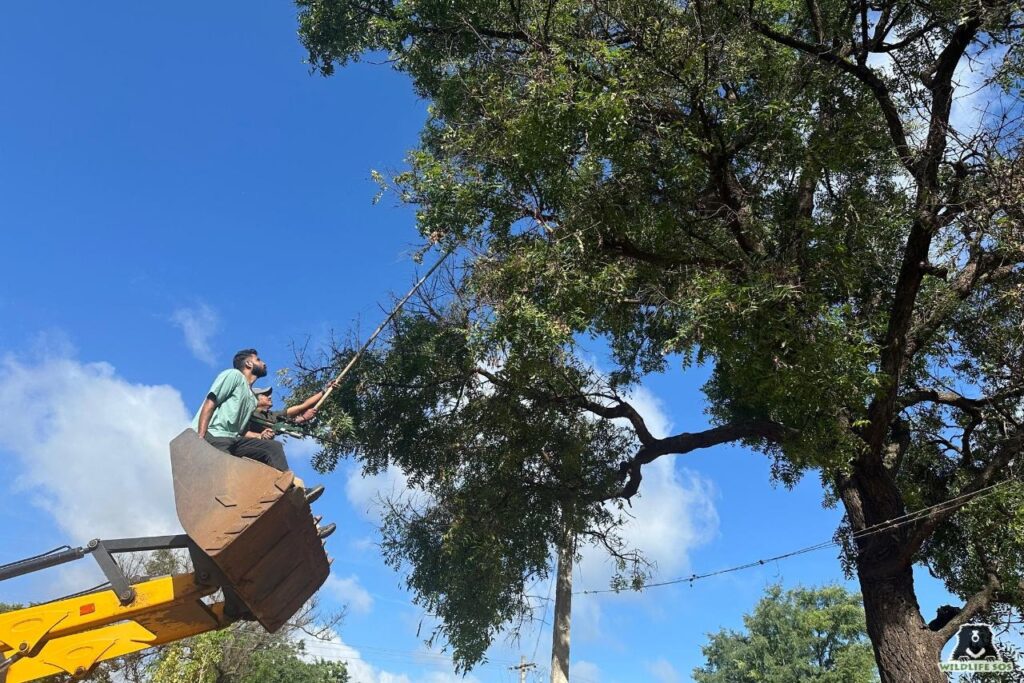
Every rescue has a story, but some stay with us forever. Can you share one such rescue that deeply moved you?
One rescue that will always stay close to my heart happened during a rescue call in North Karnataka. A wild sloth bear had been caught in a snare, suffering a deep wound on her hind leg. Our team quickly came together from organising the rescue to treating her injuries and releasing her back to the wild.
A few days after her release, knowing she was healthy, free, and back in the wild filled me with an overwhelming sense of peace and pride. That rescue will forever remind me of the true power of teamwork, compassion, and dedication.
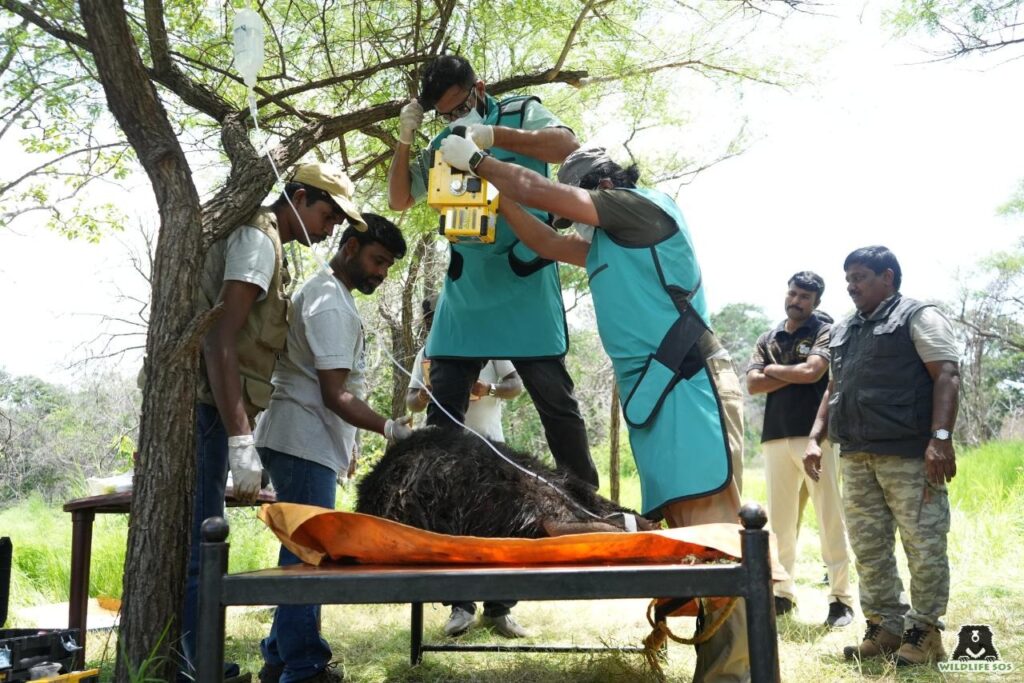
We heard you shared a special bond with Avni, the blind bear.
Ah, Avni. Yes, she was truly special. Every morning, as I went about my health check-ups, I’d find myself walking a bit faster when it was her turn. She couldn’t see me, but somehow she felt my presence. I would finish the check-up and just sit there, quietly, watching her sense the world around her. It was our silent companionship. When she passed away, I was heartbroken. But she left a part of her strength with me. She taught me that connection doesn’t always need eyes, sometimes, it just needs heart.
Veterinary work can be emotionally heavy. How do you deal with it?
It’s true that as veterinarians, we see a lot of pain. I often say that our work carries a unique kind of responsibility, because our patients can’t describe what they feel. They can’t tell us where it hurts; they only look at us with eyes full of trust, fear, or hope. And in that silent connection, we find our purpose.
What keeps us going is the support of our team, the shared compassion, and the knowledge that every small act of care matters. In this profession, pain often walks beside us, but so does perseverance. Here, sorrow transforms into strength, and every challenge becomes a reminder of why we chose this path.
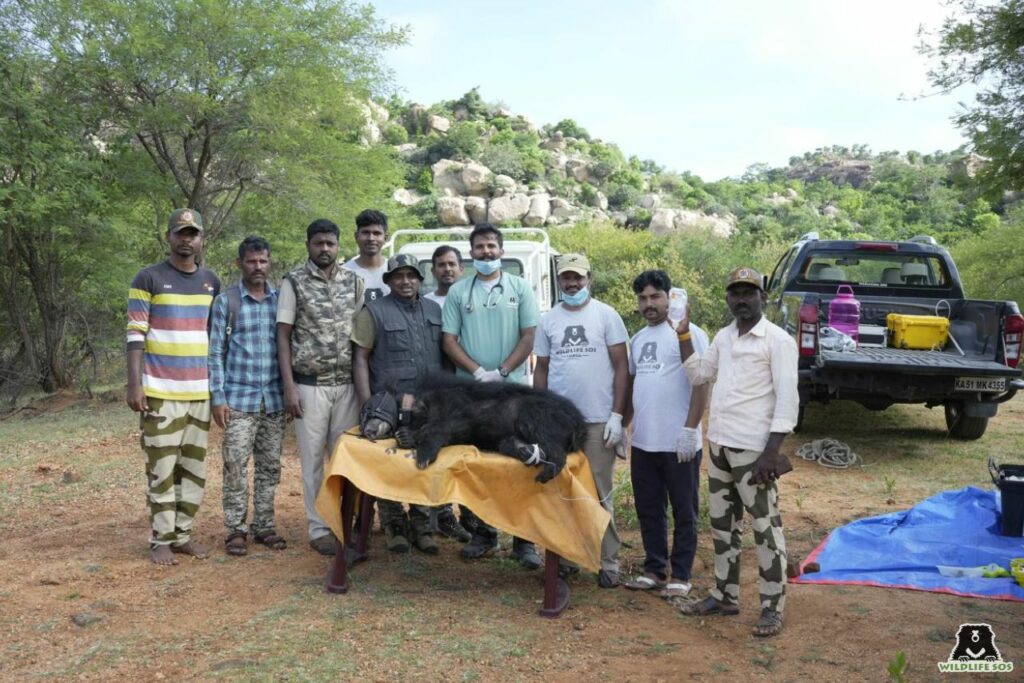
Wildlife SOS completes 30 years of remarkable conservation work, and BBRC celebrates its 20th anniversary this year. What do these milestones mean to you personally and professionally?
Celebrating 30 years of Wildlife SOS feels like being part of a living legacy, one built on compassion, collaboration, and science. The co-founders and team have truly understood every layer of wildlife conservation, ensuring that each effort, from rescue to research, carries both heart and purpose.
Take our radio-collar project on sloth bears, for instance. Every rescue begins with understanding the animal’s behaviour, ensuring not just survival but harmony in the wild. This focus on research and observation is what makes Wildlife SOS stand out, and milestones like World Sloth Bear Day are proof of that dedication.
This year is even more special with BBRC completing 20 years. For me, it’s more than a workplace; it’s a sanctuary of learning, where nature, science, and compassion meet. Situated in the forest, BBRC gives me peace, purpose, and endless opportunities to grow, both as a veterinarian and as a person.
What does a normal day at BBRC look like for you?
Our mornings start with a briefing alongside the caregivers; they’re truly the pillars of this centre. We discuss daily health updates, diets, and tasks. I check the porridge at the bear kitchen, then begin health assessments and behavioural observations.
We plan conditioning sessions, check-ups, and ensure everything runs smoothly. One vet always stays back overnight for emergencies. It’s a demanding schedule, but when you love what you do, it never really feels like work.
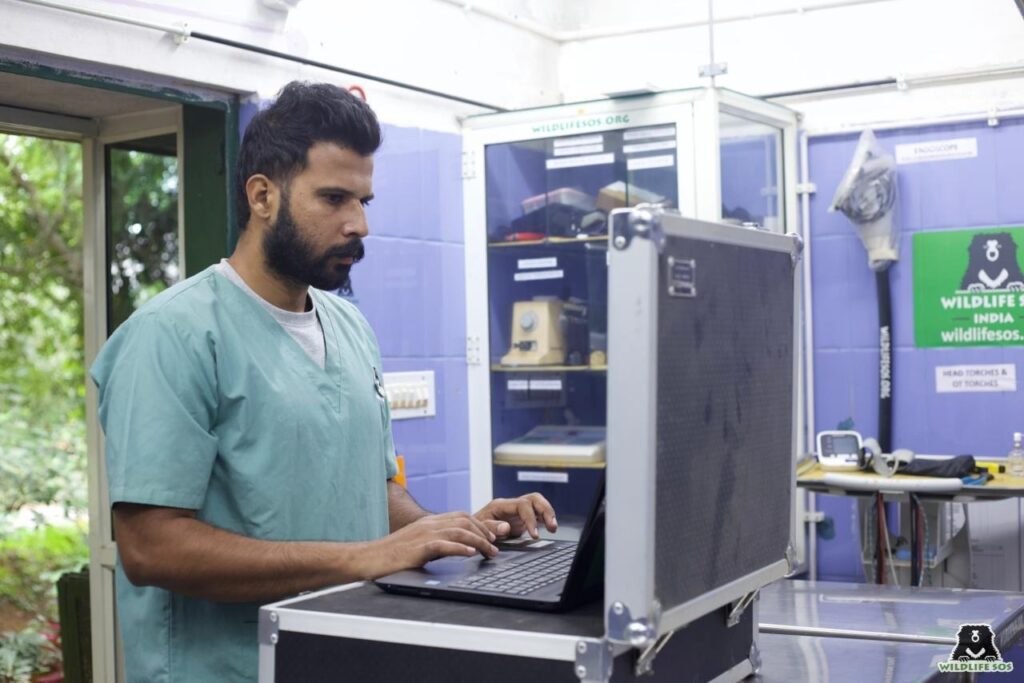
Speaking of caregivers, how has it been working with them?
They’re incredible, the real heroes behind the scenes. Caregivers spend the most time with the bears and know their moods, quirks, and behaviours like family.
When I started positive conditioning, their insights made all the difference. They’d tell me that “this bear likes to play with logs” or “that one’s not in the mood today.” Their experience is unmatched. The respect between us is mutual, built on our shared love for the animals.
You’re also known to enjoy photography! Tell us about that.
Yes, my little escape! Every morning, during my walks around BBRC, I’d spot beautiful birds, their calls echoing through the forest. I wanted to remember them, so I picked up a camera.
Through the lens, I discovered another world, one filled with colours, motion, and stillness all at once. Even now, whenever I can, I take my camera out. It helps me connect with nature beyond the stethoscope.
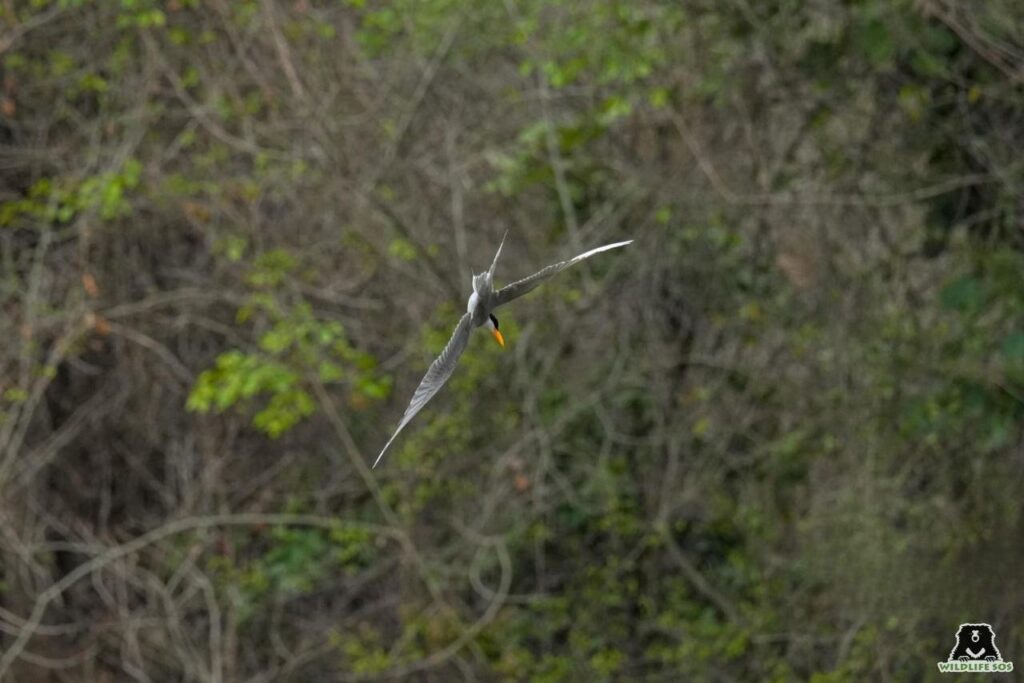
What message would you share with aspiring veterinarians?
If you choose this field, remember, it’s not a job, it’s a lifestyle. Animals don’t work on shifts, so neither can we! You’ll need patience, empathy, and endurance. Academically, study with heart. Every lesson you learn will one day help save a life. There are no shortcuts in veterinary science, only honesty and passion.
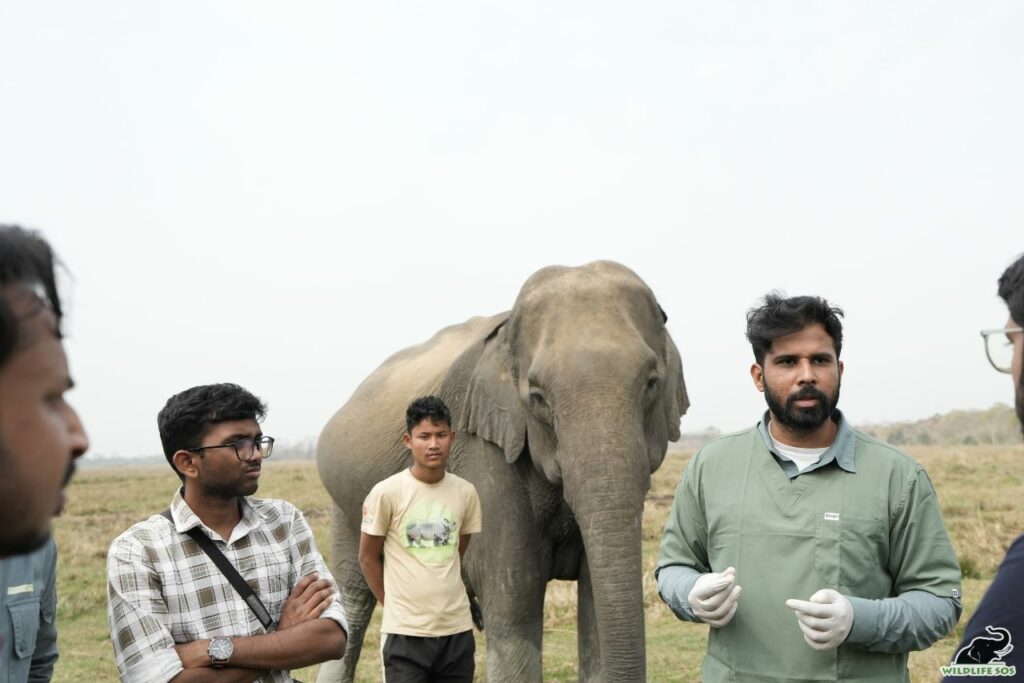
What does wildlife conservation mean to you personally?
To me, conservation begins with compassion. No wild animal should live in captivity, but when circumstances demand care, it’s our duty to provide dignity and peace. Conservation isn’t about control; it’s about coexistence. It’s about earning the trust of the wild, understanding that nature isn’t separate from us, we’re a part of it.
Have you ever had moments of doubt or exhaustion?
Plenty. But whenever those thoughts appear, I think of my mother. Her dedication in her field inspires me endlessly. If she can work tirelessly every day with courage and commitment, so can I. Besides, whatever struggles we face are nothing compared to what these animals have endured. Seeing them recover, play, and trust again, that’s all the motivation I need.
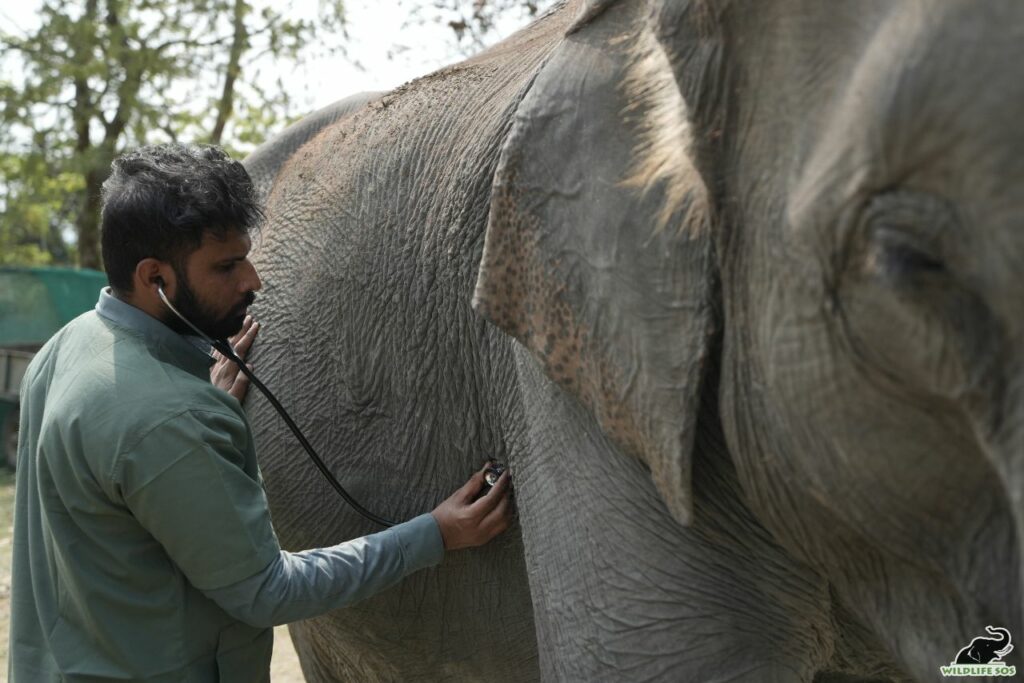
Dr. Arshvarinder Singh Virk’s story reveals his love for the work he does. His gentle nature, unwavering compassion for wildlife, and his every act of kindness are helping save many lives that suffer silently.
At Wildlife SOS, we’re proud to have changemakers like Dr. Arsh in our team, reminding us that healing the wild begins with the heart. If his story inspires you, do support the efforts of our veterinary team by making a donation. Every helping hand brings us one step closer to a kinder world.
Feature image: Hemanta Bijoy Chakma/ Wildlife SOS

